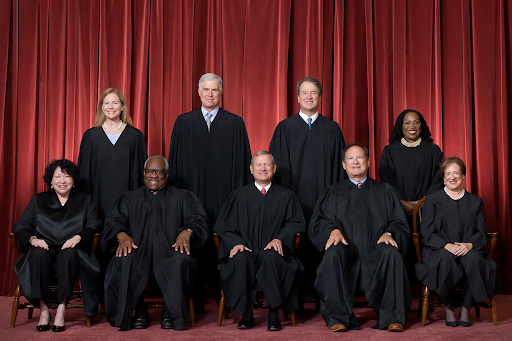What’s in Your Makeup?
Do you know what’s in your makeup bag? Maybe you could list off the products: mascara, foundation, and eyeliner, but can you recognize the ingredients and possibly harmful contaminants? Most people, myself included, would not be able to distinguish between safe ingredients and chemicals of concern. I recently learned about the website, Campaign for Safe Cosmetics, a source that provides information and raises awareness of the toxic ingredients in many toiletries and beauty products.
Areas of Concern:
- Conditioners with ethanolamine and other “eth” compounds
- Lipsticks containing BHA or mineral oil
- Talc (talc should be asbestos-free)
- Carbon black
- Formaldehyde
- Parabens
- Mica
- Lead
- Octinoxate
- Titanium Dioxide
- Imitation Cosmetics
- Counterfeit makeup items are not only illegal, but very dangerous to the skin. Don’t let the price fool you! These items can contain lead, arsenic, bacteria (including E. coli), mercury, aluminum, paint stripper, and many more disgusting “ingredients.” There are tons of videos online to help you distinguish fake products from authentic ones, but buying cosmetics from a certified retailer such as CVS, Target, or Sephora guarantees your skin’s safety.
Safe Cosmetics has a “red list” on their website of ingredients to avoid in cosmetic products. Try not to let the list intimidate you, but rather, use it to become aware. It can be beneficial tool to influence your future purchases when employed reasonably.
Why Should You Care?
Harmful ingredients in cosmetics, particularly the carbon black found in many eyeliners, are often linked to cancer. It is essential that we check our makeup products for these carcinogens, and look for a substitute product if possible. Other underlying problems with these chemicals include reproductive issues, endocrine disruption, ecotoxicity, and developmental toxicity. The FDA is very limited in its laws regarding cosmetics and personal care, so it is our responsibility to check the labels for legally allowed carcinogens. Many people believe that these potentially dangerous chemicals are justifiable in small amounts. The regulations are a bit of a grey area, so get informed and make decisions that are right for you.
Alternative Solutions
Many companies have actually stepped forward in the past few years in an effort to create safer cosmetic products. No makeup brand is perfect, but here are some better options:
- Tarte Cosmetics offers products formulated without parabens, mineral oil, phthalates, triclosan, sodium lauryl sulfate, and gluten. Out of all the products I have tried, I recommend the Tartelette in Bloom palette and Amazonian Clay blushes.
- Iredale Mineral Cosmetics is approved by Campaign for Safe Cosmetics.
- Lipsticks with beeswax or any other plant based oil; Bite Beauty and Burt’s Bees are great options.
- Tata Harper is 100% natural, organic and nontoxic makeup and skincare.
- Juice Beauty is another company suggested by the Campaign for Safe Cosmetics.











